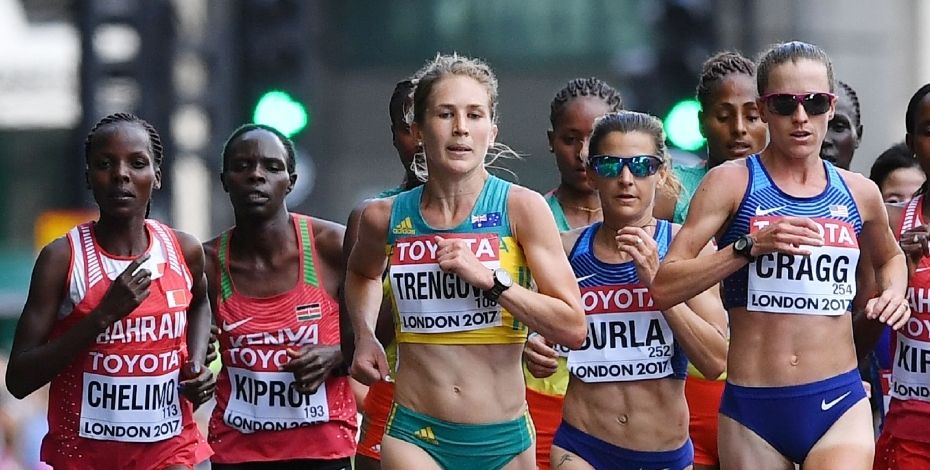- 21 Dec, 2022
Sign in to your account
Are you an existing member logging in for the first time?
Click here and we'll help you get started.
Forgot your username/password
Not a member? Join today.
Returning member? Re-join today
Sign in to your account
Forgot your username/password
Not a member? Join today.
Returning member? Re-join today
APA websites










